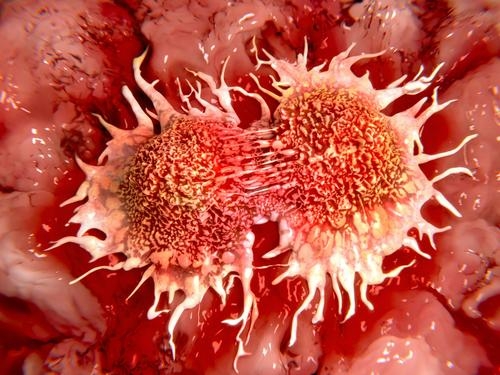London: Two machine learning models that are able to predict cancer symptoms as well as their severity could give doctors a head start in treating the second leading cause of death globally, suggests a study.
The models Support Vector Regression (SVR) and Non-linear Canonical Correlation Analysis by Neural Networks (n-CCA) are both able to accurately predict the severity of three common symptoms faced by cancer patients — depression, anxiety and sleep disturbance.
All three symptoms are associated with severe reduction in cancer patients’ quality of life, said researchers from the University of Surrey in the UK.
“These exciting results show that there is an opportunity for machine learning techniques to make a real difference in the lives of people living with cancer,” said Payam Barnaghi, Professor from the varsity.
“They can help clinicians identify high-risk patients, help and support their symptom experience and preemptively plan a way to manage those symptoms and improve quality of life,” said Barnaghi.
For the study, published in the journal PLOS One, the team analysed existing data of the symptoms experienced by over 2,000 cancer patients during the course of computed tomography x-ray treatment.
They used different time periods during this data to test whether the machine learning algorithms are able to accurately predict when and if symptoms surfaced.
The team found that the actual reported symptoms were very close to those predicted by the machine learning methods.
While depression occurred in up to 60 per cent of cancer patients, sleep disturbance was reported in 30 to 50 per cent of patients.
In addition, between 35 per cent and 53 per cent of patients reported anxiety during cancer treatment and 45 per cent experienced both these symptoms.
These types of predictive models can be used to identify high risk patients, educate them about their symptom experience, and improve the timing of preemptive and personalised symptom management interventions, the researchers noted.
IANS
